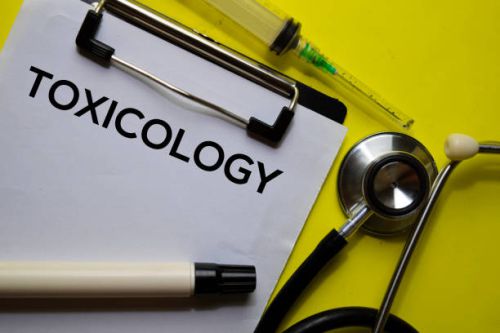Toxicological risk assessment of mutagenic impurities

Assessment and control of mutagenic impurities in pharmaceuticals to limit potential carcinogenic risk should be based on the ICH M7 which describes a stepwise process.
In the absence of reliable experimental mutagenicity and/or carcinogenicity data, ICH M7 recommends using computational toxicology assessment which should include two QSAR methodologies: expert rule-based and statistical-based. Bacterial mutagenicity assay (Ames test) may additionally be necessary. Those analyses allow assignment of the impurity to one of the five Classes. Class 4 or 5 impurities do not require further action, while the Class 1 (known mutagenic carcinogens) impurities have to be controlled at or below compound-specific acceptable limit, and the Class 2 (known mutagens with unknown carcinogenic potential) or 3 (alerting structure, unrelated to the structure of the drug substance) impurities have to be controlled at or below the Threshold of Toxicological Concern (TTC) limits. Acceptable Daily Intake (ADI) of impurity is applicable based on clinical duration of use. If control below TTC is not feasible, ‘As Low As Reasonably Practicable’ (ALARP) applies and the resulting specification of impurity needs to be justified based on a risk/benefit analysis.
When there are two Class 2/3 impurities, individual limits apply. In case of three/more Class 2/3 impurities, total mutagenic impurities should be limited to ADI for multiple impurities based on treatment duration.
Please contact us for toxicological risk assessment.
